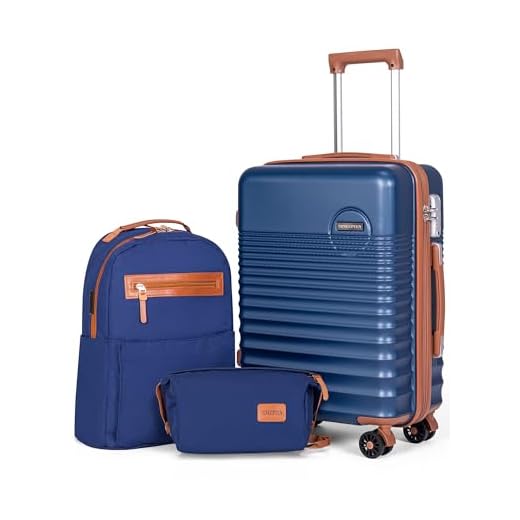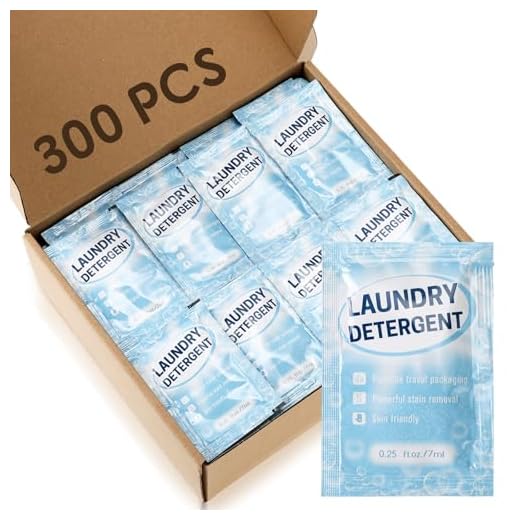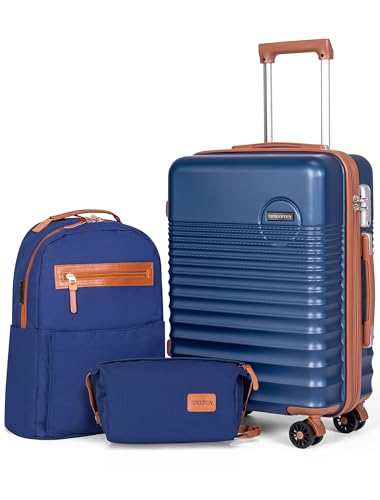



For every passenger, it is crucial to be informed about the guidelines regarding personal belongings. Each traveler can carry one standard piece and one personal item on board, with size restrictions for both. The maximum dimensions for the main bag should not exceed 22 x 14 x 9 inches (56 x 36 x 23 cm), while the personal item is allowed to be up to 18 x 14 x 8 inches (46 x 36 x 20 cm).
Checked items can vary in number and weight based on the travel class. Basic economy tickets typically include a fee for the first checked bag, while other fares may allow at least one piece without additional charges. The total weight per bag often cannot exceed 50 pounds (23 kg). For any excess or oversized baggage, additional fees may apply accordingly.
Prohibited items include sharp objects, flammable materials, and other dangerous goods. Passengers should double-check their belongings to ensure compliance with safety regulations. Familiarizing oneself with these conditions will lead to a smoother experience at the airport.
Carry-On Bag Dimensions and Restrictions
The maximum dimensions for a carry-on bag are 22 x 14 x 9 inches (56 x 36 x 23 cm), including handles and wheels. Adhering to these measurements is critical to ensure that the bag fits in the overhead compartments or under the seat in front of you.
Weight Limitations
While there is no fixed weight limit for carry-on items, travelers should be able to lift their bags into the overhead bins without assistance. It is advisable to pack your bag light to meet this requirement comfortably.
Prohibited Items
Sharp objects, flammable materials, and certain liquids exceeding 3.4 ounces (100 ml) are not permitted. Ensure to review the guidelines regarding items restricted in the cabin space to avoid inconveniences at security checks.
Checked Bag Weight Limits and Fees
Each passenger is allowed one checked bag weighing up to 50 pounds (23 kg) without incurring additional charges. Bags exceeding this limit will incur a standard fee. The fee structure for overweight bags is as follows: an additional charge applies for bags weighing between 51 to 70 pounds (23 to 32 kg), with a higher fee for those weighing between 71 to 100 pounds (32 to 45 kg). Bags weighing over 100 pounds are not accepted for check-in.
Special Item Handling
Certain sports equipment and musical instruments may have different weight allowances and fees. It is advisable to check specific guidelines for these items ahead of your trip to avoid unexpected expenses.
Tips for Avoiding Extra Fees
To minimize fees, weigh your checked items at home prior to your departure. Utilize packing strategies such as redistributing weight among your bags or combining lighter items with heavier ones to stay within limits. For an outdoor trip, consider looking at the best sunnyglade 9 patio umbrella for portability.
Prohibited Items in Baggage
Sharp objects such as knives, scissors, and razor blades are strictly forbidden. Firearms, explosives, and ammunition cannot be transported in any form. Flammable liquids including lighter fluid, paint thinner, and fireworks are also banned.
Hazardous Materials
Items classified as hazardous materials, including chemicals, corrosives, and radioactive substances, are not permitted. This encompasses battery-operated devices with lithium batteries exceeding the allowable limits.
Food Restrictions
Some types of food items may face limitations. Perishable goods and items that could spoil or emit strong odors should be avoided. For protein options, consider alternatives such as the which is better whey or egg protein link for non-perishable choices.
Following these guidelines will help ensure a smooth experience during travel. Always check for any updates or specific regulations prior to your journey.
Liquids and Gels: TSA Regulations
Only containers of 3.4 ounces (100 milliliters) or less for liquids and gels are permitted in carry-on bags. All liquids, gels, and aerosols must be placed in a single quart-sized, clear plastic, zip-top bag. Each passenger is allowed one such bag. This restriction is in place to enhance security during travel.
Accepted Liquids and Gels
Typical items that fall within the 3.4-ounce limit include:
- Water and other beverages
- Lotions and creams
- Perfumes
- Gels, including hair products
- Shampoos and conditioners
- Dental care products
Prohibited Items and Exceptions
Certain exceptions to the above rules include:
- Medications, which can exceed the 3.4-ounce limit but must be declared at security.
- Baby formula or food, allowed in reasonable quantities.
- Duty-free liquids, which must be sealed and accompanied by a receipt.
| Container Size | Allowed in Carry-On | Notes |
|---|---|---|
| 3.4 ounces (100 ml) | Yes | Must fit in quart-sized bag |
| Over 3.4 ounces | No | Unless exceptions apply |
| Medications | Yes | Declare at security |
| Duty-free liquids | Yes | Receipt required |
For travelers looking for durable carriers, consider exploring best briefcase brands for options that efficiently accommodate essential items while complying with security measures.
Musical Instruments and Sports Equipment Guidelines
Carrying musical instruments is permitted as part of a passenger’s personal item. Instruments not exceeding the dimensions of 22 x 14 x 9 inches may fit within the standard carry-on requirements. For larger instruments, such as cellos or guitars, a seat purchase may be necessary.
Checked Musical Instruments
- Instruments must be properly packed to prevent damage.
- Check with the airline regarding specific policies for oversized items.
Sports Equipment Policies
Sporting gear like golf clubs, skis, and bicycles can be transported. Ensure that these items are securely packaged and easily accessible for inspection.
- Golf bags typically count as one checked item, potentially incurring added fees.
- Bicycles may require disassembly and protective packaging.
Review the airline’s specific requirements for each type of equipment to avoid unexpected challenges at the airport.
Infant and Child Essentials in Travel Bags
Pack sufficient diapers, wipes, and a changing pad for each leg of the journey. Choose a compact size to maximize space without compromising on quantity.
Include baby food, formula, or snacks that adhere to liquid restrictions. Opt for pouches or single-serving containers for convenience.
Bring a lightweight blanket or comfort item. This can provide warmth and security during travel, particularly for young children.
A portable crib or travel playard may be necessary for infants. Ensure that it meets size regulations for carry-on or check-in items.
Don’t forget extra clothing for both the child and caregiver; accidents and spills are common. Layer clothes for easy packing and quick changes.
Consider travel-friendly toys and books to keep children entertained. Select small, quiet options that won’t require much space.
Pack any necessary medications in original packaging with a valid prescription, if applicable. Keep these items accessible for ease during security checks.
Utilize a travel stroller that folds easily and fits within carry-on dimensions. Verify manufacturer specifications to ensure compliance.







